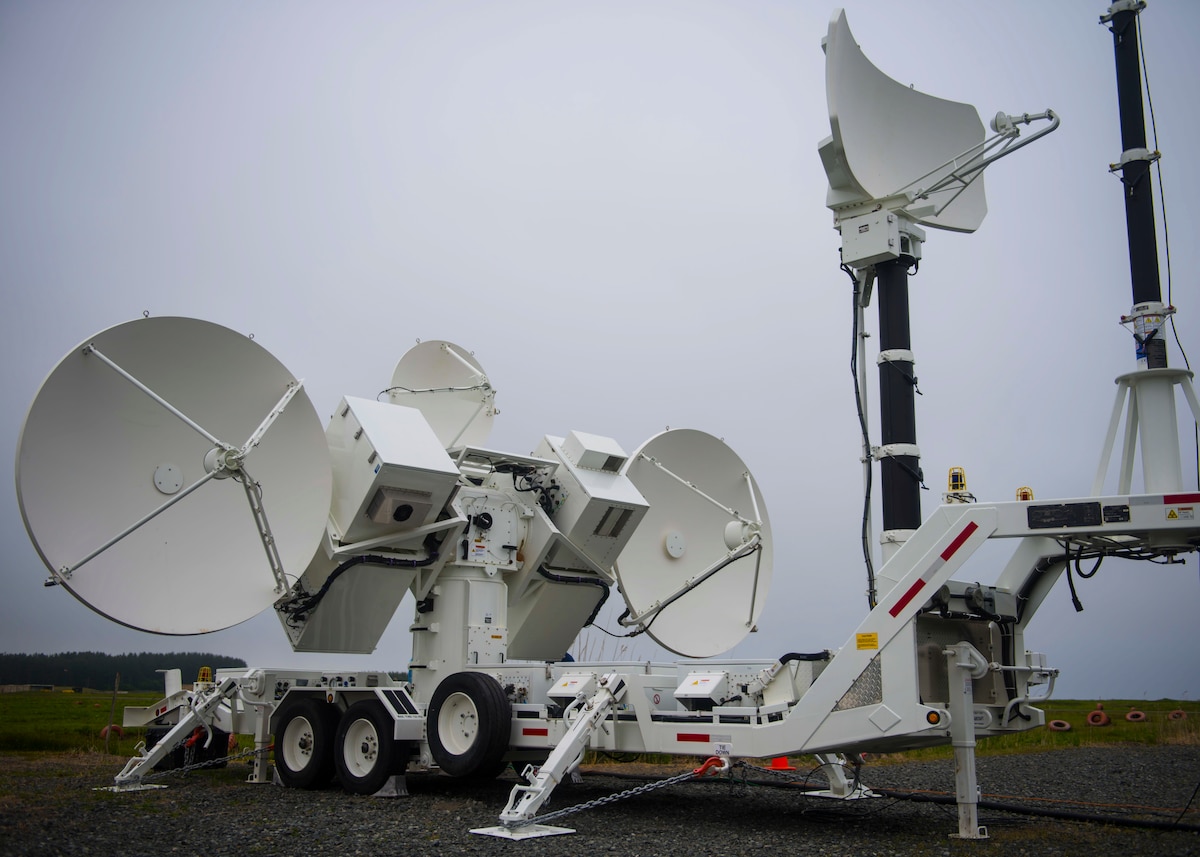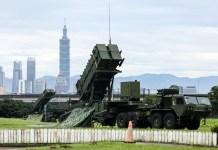Chinese military engineers reportedly tested a novel tactic called the ‘phantom space strike,’ which entails creating a swarm of fake target signals from space to overwhelm enemy air defense by confusing their radars.
The project was revealed to the public for the first time this month, according to the Hong Kong-based South China Morning Post (SCMP), which reported that the revelation was made during an announcement of the successful completion of a proof-of-concept computer simulation.
The positive modeling results were published in a paper in the Chinese-language Journal of Electronics and Information Technology, authored by a team led by Zhao Yanli, a senior engineer with the People’s Liberation Army Unit 63891.
Unit 63891 is a military agency comprising nearly 3,000 staff based in Luoyang in the central Chinese province of Henan, which is tasked with developing and testing new technology and equipment, according to open-source information.
As part of the simulation, a ballistic missile was launched against an enemy protected by what SCMP described as a “state-of-the-art missile defense system.” The missile was not armed with either a nuclear or conventional warhead.
:quality(70)/cloudfront-us-east-1.images.arcpublishing.com/archetype/ZOVNKVXIK5GJDMXM6HZEIVJDIM.jpg)
After it surpassed the atmosphere, the missile released three small spacecraft with radio interference equipment on board, which is said to have picked up enemy radar network signals and sent back “phantom” (or fake) signals, which are supposed to have made the unarmed missile seem to be a much more significant threat than it was.
These signals are intended to create an impression of multiple threats for multiple enemy radars to pick up, thereby triggering enemy air defense crews to launch interceptor missiles.
Faking an attack is an ancient warfare tactic, which is also used in modern aerial combat to confuse and overwhelm the enemy.
For instance, even the PLA Air Force officials reportedly scrambled fighter jets in the 1980s to engage a swarm of invading bombers detected by a radar station, only to find that only one aircraft was equipped with electronic warfare equipment.
In fact, in the ongoing Russia-Ukraine conflict, Ukraine is also faking its air defense by employing ‘threat emitters’ or what can also be called fake radars intended to confuse Russian fighter pilots, as covered by EurAsian Times previously.

These threat emitters cast a radio signal similar to an air defense radar without having the same signal-processing systems.
Militaries generally use them for training their aircrews to identify and react to threats in simulated combat scenarios, where pilots learn the signatures of hostile aircraft and missiles and get to know how their sensors would detect such threats in real-world circumstances.
Faking Attack From Space Not So Easy
While an aircraft with electronic warfare equipment can change its course occasionally to ensure that multiple radar stations pick up signals it is emitting as coming from the same target, the same maneuvers are not feasible in space.
According to Zhao’s team, a highly mobile spacecraft must be built, which would be very expensive.
“We tried to find another way,” the scientists said in the paper. They claimed to have exploited two weak spots in a global missile defense system.
For detecting small objects in space, the air defense radars must be very powerful and installed in large buildings or structures, explained Zhao, noting that they are not difficult to find.
For instance, the US plans to field its new Long-Range Discrimination Radar (LRDR) in Central Alaska, reportedly capable of ballistic missile defense and space domain awareness.

Notably, the radar is said to feature enhanced discrimination between ICBMs and decoys, thereby helping to preserve the precious stockpile of interceptors of the missile defense systems.
Zhao’s team notes that radars are not perfect. Therefore when merging data from different radar stations, the command center had to tolerate a margin of error which could result in blurriness in tracking signals.
According to the team, the jamming spacecraft they designed would not be costly because it did not need engines for propulsion, and their flight direction, speed, and formation would be pre-programmed based on intelligence about the enemy’s fixed radar station sites before launch.
So, after these jamming spacecraft are released from the missile, the distance between them would increase over time and affect the accuracy of the fake target signals.
The engineers claim that with careful design, it is possible to keep positioning errors between different signal sources to less than half a meter, which is well within the standard error margin of military radar.

Phantom Space Strike Could Trigger Nuclear Retaliation!
The three-spacecraft formation in the simulation is just the beginning, according to the engineers who said that number of spacecraft released by the missile could increase, and there are only so many targets a missile defense system can engage.
So, the actual weapons fired amid or after the phantom strike are expected to face much less resistance, according to Zhao’s team.
It is important to note that a complete missile system could also include satellites, warships, or even high-altitude balloons, which could be equipped with heat sensors and optical telescopes. Therefore, it is unclear how the jamming spacecraft can evade these detection methods.
“There are many technical details we do not discuss in this paper,” Zhao’s team wrote in the paper.
Also, an unnamed space scientist not associated with the phantom space strike, cited by SCMP, said that such technology could provoke an unwanted nuclear retaliation and, therefore, it is unlikely to be employed against a near-peer adversary.
“This phantom space force is never likely to be put to use against a powerful opponent,” said the researcher on condition of anonymity, noting that developing this capability could be considered necessary for China.
“It will serve as a strategic deterrence,” according to the researcher.
- Contact the author at tanmaykadam700@gmail.com
- Follow EurAsian Times on Google News




